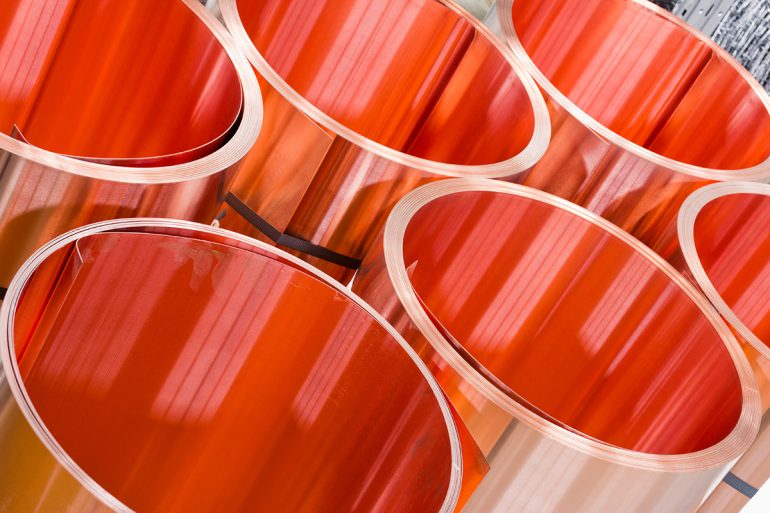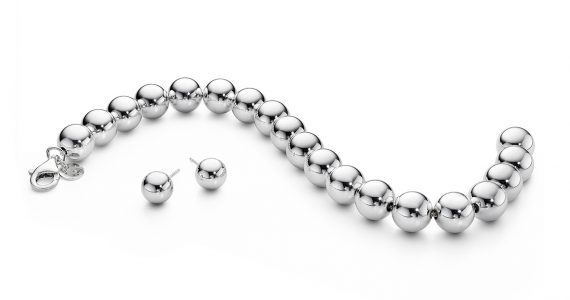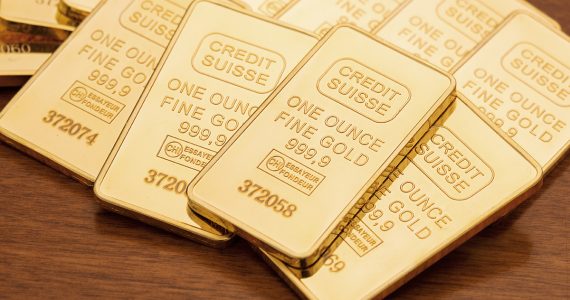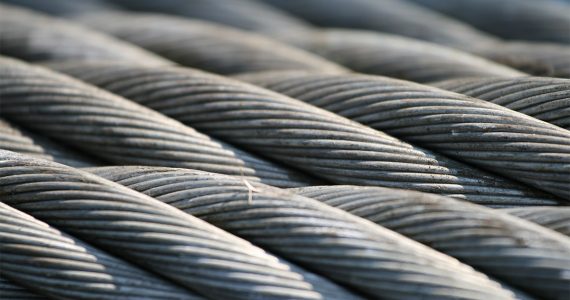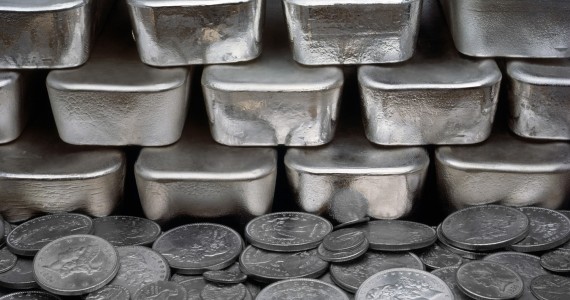According to traders, the settling of base metal prices at mixed levels during the Monday LME pre-market trading reflects the uncertainties of the global market and the current sluggish sentiments. Tin prices may be on the rise, for example, but copper prices are still on the decline due to decreased off-take from its industrial users – truly, mixed results that traders are still concerned about.
Tin Prices on the Rise
Tin prices are gaining ground partly because of the increasing demand from alloy industries, in contrast with copper prices affected by decreasing use among its users. In fact, tin has been outperforming many other base metals in 2016, with zinc being the notable exception, with both metals’ increased demand partly due to expectations of supply limitations.
Tin’s consistent price streak can also be attributed to the low first quarter exports from one of the world’s largest producers, Indonesia. The Indonesian tin exports experienced a 50% decrease in 2016’s first quarter mostly because of the new government environmental regulations, which required smelters to submit new documentation. Smelters have to deal with new procedures that delayed production and, thus, supply to the worldwide markets.
Extreme weather conditions, such as the El Nino effect, also affected production for the first quarter. With the very weak first quarter, however, analysts were happy to note that Indonesian tin exports started its recover in April 2016.
In comparison with the April 2015 exports, the April 2016 exports increased by up to 36%. Many analysts are also calling for an increase in exports with a partial to nearly full recovery expected in the second quarter. But it remains questionable whether the favorable trend will continue considering other factors in the horizon.
Copper Initially Corrected Higher
Yet another good news –albeit temporary -in the base metal market is the initial corrections in copper prices after four months of lows. This was matched by the Chinese market after a short 2-day holiday last week. But this is where things get tricky. When the initial gains began to even out, the complex started to drift toward low volumes and interest.
Copper has experienced some reasonable volume, apparently a result of the Chinese market catching up before its national Dragon Boat holiday. The Chinese political and economic situation appears to be the main driver that, unfortunately, is filled with uncertainties for now. The result: The market appears like the risks are to the downside.
Copper, furthermore, hit a $4,487 low on Friday and held above $4,500. Recently, it traded at $4,523/ton, up by $13 from its Friday close but still well below its high of nearly $4,590/ton. The nearby spread continued to relax despite the rapid switching from its backwardations to its contango structures.
There’s also the matter of copper continuing to build up in warehouses as well as the Chinese overstock inventory making its way to the LME warehouses across Asia. This even as the price continues to dip into its historic lows.
Even the Financial Times has chimed in on the issue. According to the publication, LME copper stocks spooked investors, no thanks to their surge by almost 40% or 50,000 metric tons in June, who were already concerned about the disparity between the flagging demand and abundant supplies.
Traders and investors are also speculating about the possibility of a major metals trader transporting copper from China to LME warehouses in Malaysia, South Korea, Taiwan, and Singapore. These four countries offer more financial incentives for offering to store copper while China itself is the world’s largest copper consumer.
Zinc Still Shines
While tin and copper prices are experiencing rollercoaster patterns, zinc continues to outshine other base metals. Zinc prices have reached record highs of $2,000/metric ton, the highest level in nearly a year. It has gained more than 25% since the start of 2016, a pattern that defied copper, nickel, and lead with barely any upward movement this year amidst concerns about overproduction.
Zinc investors have apparently been making more investments partly because of stories about mine closures resulting in the tightening of the supply chain. Over the past three years, zinc prices decreased resulting in more than 1.5 metric tons of mine capacity either being idle or permanently closed. When Glencore announced its plans for suspension of 500,000 metric tons of zinc production last October 2015, these closures were worsened.
The continuing decline in LME stocks has also supported the price action. The stocks are presently below 400,000 metric tons, the lowest since 2010 and a decrease by nearly 20% since the start of 2016.
The LME, however, is just a secondary indicator since other factors must also be considered, not to mention that it’s not a reliable indicator in a stock downtrend. Investors should look into the occasional yet significant off-market metal deliveries made into the LME system with the New Orleans port being a notable point.

